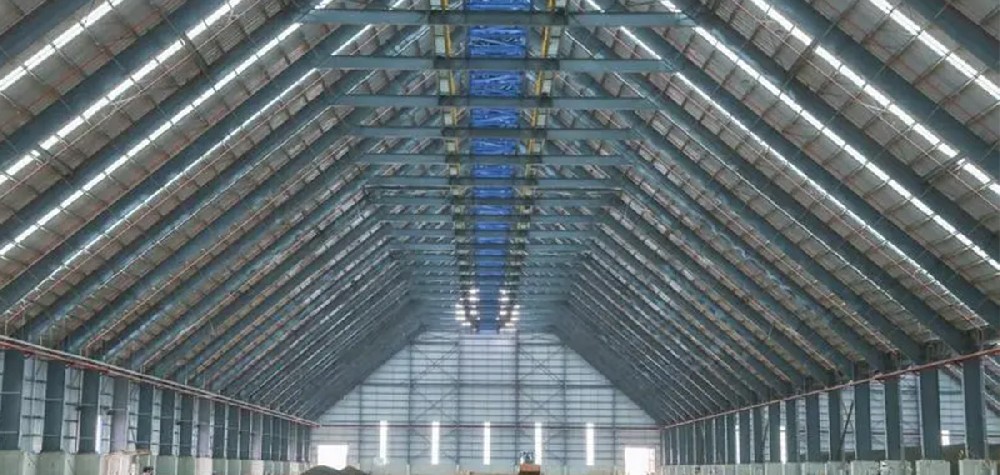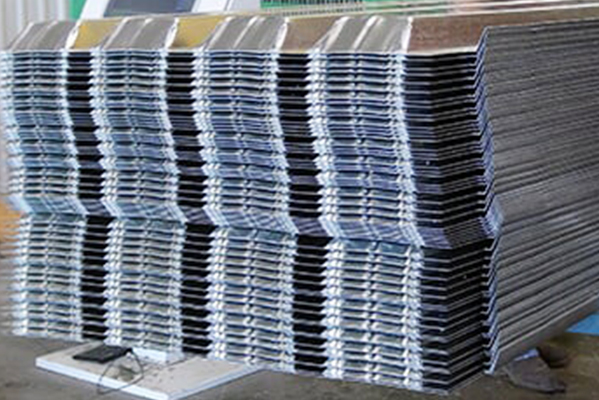Navigation Menu
Contact Us
- Email:
- info@wxavatar.com
- Address:
- Yurong Village, Yuqi Street, Huishan District, Wuxi, China.
Release Date:Jun 01, 2025 Visit:45 Source:Roll Forming Machine Factory
In modern structural steel fabrication, precision and efficiency are critical factors that determine project success. Purlin line stackers have emerged as valuable equipment in steel processing facilities, offering measurable improvements in material handling and workflow organization. This article examines how these specialized systems contribute to enhanced precision throughout the steel fabrication process.

The Role of Purlin Line Stackers in Steel Processing
Purlin line stackers serve as automated material handling systems designed specifically for structural steel components. These systems work in conjunction with roll forming machines and other processing equipment to:
Receive finished purlins and other steel members
Organize them systematically
Prepare components for subsequent fabrication stages or shipment
By automating what was traditionally manual handling, these stackers reduce human error while maintaining consistent quality standards.
Precision Enhancement Features
Modern purlin line stackers incorporate several features that directly improve processing precision:
Automated Alignment Systems
Advanced sensors and positioning mechanisms ensure each steel component is stacked with exact alignment, maintaining dimensional accuracy throughout the production run.
Controlled Placement Mechanisms
Programmable placement controls allow for precise positioning of each piece, eliminating the variations that can occur with manual stacking methods.
Integrated Measurement Technology
Some systems incorporate laser measurement devices that verify dimensions during the stacking process, providing real-time quality control.
Consistent Handling Pressure
Automated systems apply uniform pressure during stacking, preventing the warping or distortion that can occur with uneven manual handling.
Operational Benefits for Steel Fabricators
The implementation of purlin line stackers offers fabricators several operational advantages:
Reduced Material Damage: Automated handling minimizes scratches, dents and other surface imperfections that can affect structural integrity.
Improved Inventory Control: Systematic stacking allows for accurate counting and tracking of components throughout the production process.
Enhanced Workflow Integration: These systems interface smoothly with other processing equipment, maintaining consistent throughput without bottlenecks.
Better Quality Documentation: Automated systems often include logging features that record stacking patterns and quantities for quality assurance purposes.
Impact on Downstream Processes
The precision offered by purlin line stackers extends benefits to subsequent fabrication stages:
Welding and Assembly: Properly aligned and undamaged components fit together more accurately during assembly.
Shipping and Logistics: Uniform stacks allow for optimal loading configurations and more secure transportation.
Job Site Operations: Well-organized components reduce sorting time and potential errors during construction.

Conclusion
Purlin line stackers represent a significant advancement in structural steel processing technology. By automating the stacking and handling of steel components, these systems enhance precision throughout the fabrication workflow. The result is higher quality output, reduced waste, and more efficient operations—all critical factors in today's competitive steel construction industry. As fabrication technology continues to evolve, the integration of such precision-focused equipment will likely become increasingly important for manufacturers seeking to maintain quality standards while optimizing production efficiency.